We need your consent to use the individual data so that you can see information about your interests, among other things. Click "OK" to give your consent.
ASTM D351-14
Standard Classification for Natural Muscovite Block Mica and Thins Based on Visual Quality
STANDARD published on 15.1.2014
The information about the standard:
Designation standards: ASTM D351-14
Note: WITHDRAWN
Publication date standards: 15.1.2014
SKU: NS-23879
The number of pages: 6
Approximate weight : 18 g (0.04 lbs)
Country: American technical standard
Category: Technical standards ASTM
The category - similar standards:
Annotation of standard text ASTM D351-14 :
Keywords:
Bengal India System, block, classification, foreign inclusions, form, grading, muscovite mica, size, thins, visual quality, ICS Number Code 73.080 (Non-metalliferrous minerals)
Additional information
| Significance and Use | ||||||||||
|
4.1 The properties included in this standard are those required to control the visual quality, usable area, thickness, hardness, and stiffness. |
||||||||||
| 1. Scope | ||||||||||
|
1.1 This classification covers the determination of commercially available natural muscovite block mica and is intended to be independent of the basic color of the mica or its source. 1.2 Muscovite mica is characterized by having an optical axial angle between 50 and 75° (see 1.3 The visual system of classifying the quality of natural muscovite mica covered by this specification is based upon relative amounts of visible foreign inclusions such as air bubbles, stains, and spots in combination with relative amounts and types of waviness, as well as other physical properties. In this system, a perfectly clear, transparent, flat specimen of mica is the visual standard of perfection. Increasing amounts of visual defects lower the visual quality, and a total of 13 levels of visual quality are covered by this standard. This method of classification, generally known as the Bengal India System, is purely qualitative and is entirely dependent on personal opinion and judgment. 1.4 The standards for visual quality classification that are covered in this classification are the best commercially available concept of the various qualities and their relative positions. Variations in the methods of using and applying these standards from those herein defined may be specified by the purchaser, or defined by agreement between the supplier and the purchaser. 1.5 Standard size classifications are defined, based upon available usable rectangular areas and the minimum dimensions of the rectangles that the pieces will yield. Precautions to be taken in making thickness measurements are also described. 1.6 This standard covers the following two definite forms of commercial preparation: 1.6.1 Form 1—Full-trimmed natural block mica, 0.007 in. (0.178 mm) minimum thickness. 1.6.2 Form 2—Partially-trimmed natural block mica, 0.007 in. minimum thickness. 1.7 The basic color of mica, such as white, ruby, light green, dark green, brownish green, and rum, as well as other colors, and the method of controlling the color and other problems associated with the basic color, are not a part of this classification. 1.8 The values stated in inch-pound units are to be regarded as standard. The values given in parentheses are mathematical conversions to SI units that are provided for information only and are not considered standard. 1.9 Section 5 is technically identical to procedures specified in ISO 67-1981. 1.10 Section 6 differs somewhat in procedure from ISO 5972-1978, but data obtained by either should be identical. 1.11 Section 7 is technically identical to procedures specified in ISO 2185-1972. |
||||||||||
| 2. Referenced Documents | ||||||||||
|
Similar standards:
Historical
1.12.2012
Historical
1.12.2013
Historical
1.4.2011
Historical
1.5.2008
Historical
1.6.2013
Historical
15.8.2014
We recommend:
Technical standards updating
Do you want to make sure you use only the valid technical standards?
We can offer you a solution which will provide you a monthly overview concerning the updating of standards which you use.
Would you like to know more? Look at this page.


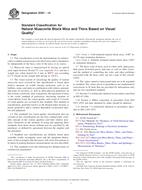
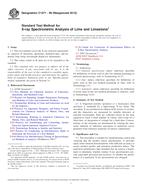 ASTM C1271-99(2012)..
ASTM C1271-99(2012)..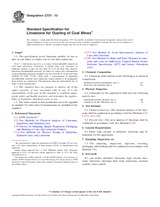 ASTM C737-13
ASTM C737-13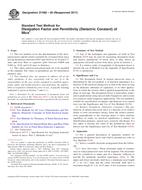 ASTM D1082-00(2011)..
ASTM D1082-00(2011)..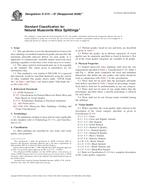 ASTM D2131-97(2008)e..
ASTM D2131-97(2008)e..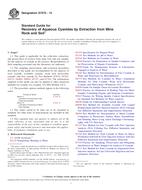 ASTM D7572-13
ASTM D7572-13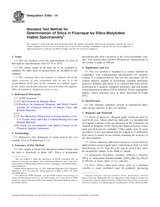 ASTM E463-14
ASTM E463-14
 Cookies
Cookies
